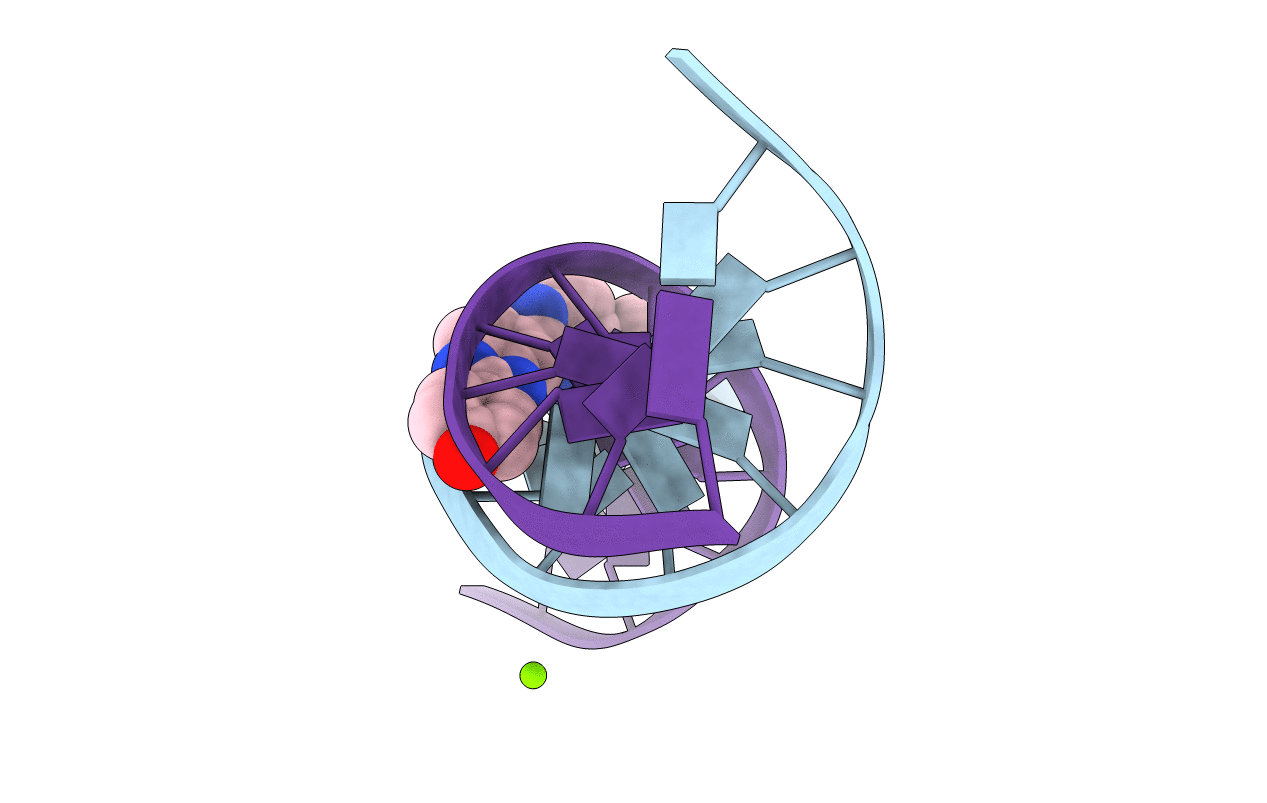
Deposition Date
1986-08-29
Release Date
1987-01-15
Last Version Date
2024-02-14
Entry Detail
Biological Source:
Source Organism:
Method Details:
Experimental Method:
Resolution:
2.20 Å
R-Value Observed:
0.19
Space Group:
P 21 21 21


